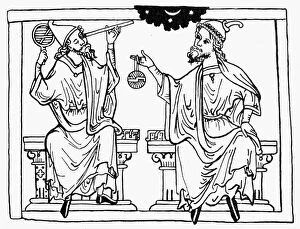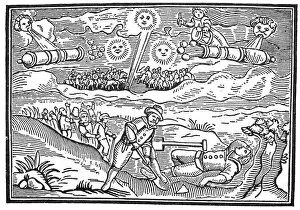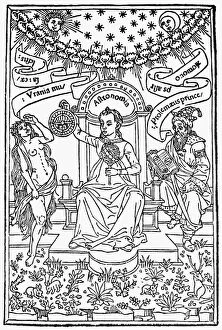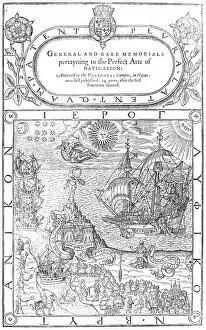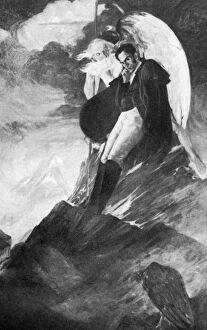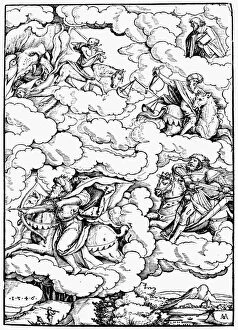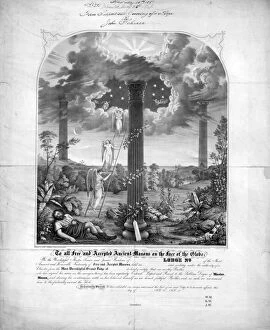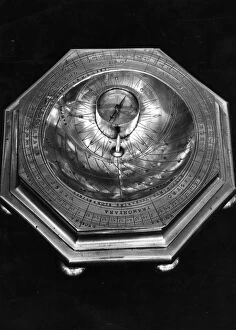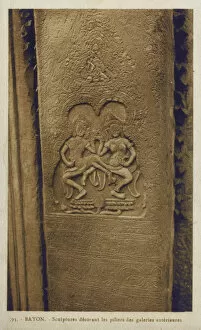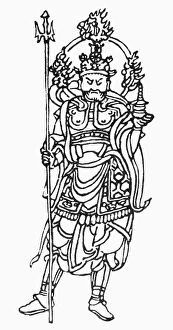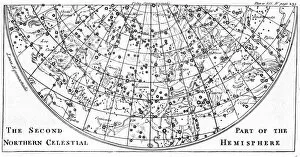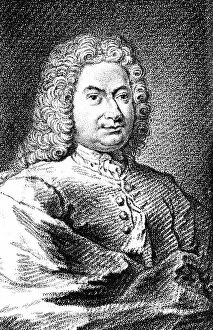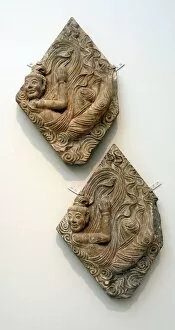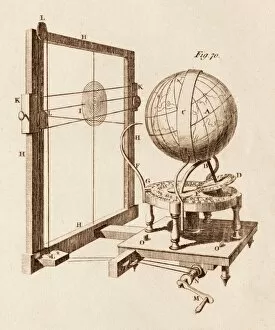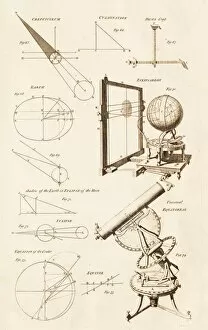Celestial Collection (#47)
"Journeying through the Celestial Realms: From Exploding Stars to Heavenly Ascents" Step into a world beyond our reach, where celestial wonders unfold before our eyes
For sale as Licensed Images
Choose your image, Select your licence and Download the media
"Journeying through the Celestial Realms: From Exploding Stars to Heavenly Ascents" Step into a world beyond our reach, where celestial wonders unfold before our eyes. Norman Lindsay's captivating artwork "A Star Explodes" takes us on a cosmic journey, reminding us of the immense power and beauty that lies within the universe. In Dante's Paradiso, Beatrice leads him into the Empyrean, where angels and blessed souls gather to form a snow-white rose in reverence to the Deity. Gustave Dor's wood engraving brings this heavenly scene to life, showcasing celestial mechanics intertwined with medieval artistry. Saint John Climacus stands at the pinnacle of his Ladder of Heavenly Ascent in an exquisite 12th-century icon. His spiritual journey serves as an inspiration for those seeking enlightenment and divine connection. Milton's Paradise Lost transports us to a momentous event as Satan and his rebellious angels are cast out of Heaven. Through Gustave Dor's intricate wood engraving, we witness their fall from grace against a backdrop of ethereal magnificence. Saturn reveals its true colors in Cassini's mesmerizing photograph, offering us a glimpse into its majestic presence within our solar system. The Sarajevo Haggadah presents an enchanting reproduction of The Creation, capturing the awe-inspiring act that brought forth all celestial bodies. Gazing up at Pharilapche Peak in Nepal, we find ourselves immersed in a celestial sky adorned by Sirius, Orion, and Aldebaran - guiding lights that have fascinated humanity for centuries. The Orion Nebula beckons with its vibrant hues and swirling clouds of stardust - an astronomical masterpiece waiting to be explored. Hans Holbein’s "The Ambassadors" invites us into another realm altogether - one where earthly objects intertwine with celestial symbols. This enigmatic painting challenges our perception while hinting at hidden meanings beyond what meets the eye.



